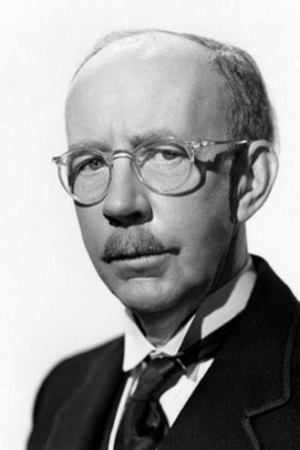Wenn aktiviert werden Animationen deaktiviert
Wenn aktiviert werden keine oder kleinere Bilder geladen
Wenn aktiviert wird ein helles statt dunkles Design genutzt
Wenn aktiviert wird eine kompakte Startseiten Version gezeigt
Setzt die primäre Ausgabesprache der Website fest
Selektiert wenn vorhanden die bevorzugte Audioausgabe
Selektiert wenn vorhanden die bevorzugte Videoqualität
Hebt wenn vorhanden den ausgewählten Hoster hervor
Filtert die Updateliste auf der Startseite
Wir speichern deine Filme unter deiner FilmFans-ID # und in einem Cookie. Solltest du deine Liste löschen wollen, lösch einfach deine Cookies. Du kannst deine FilmFans-ID nutzen um deine Liste auf mehreren Geräten abrufbar zu machen.
Aktiviert Benachrichtigungen für dieses Gerät
Kein Problem wir benachrichtigen dich gern. Alles was du dafür tun musst, ist deinem Browser einmalig die Erlaubnis erteilen, dass wir dir Benachrichtungen schicken dürfen.
Du kannst deine Einstellungen jederzeit wiederurfen, Serien entfernen oder neue hinzufügen.

From Wikipedia, the free encyclopedia Hobart Cavanaugh (September 22, 1886 – April 26, 1950) was an American character actor in films and on stage. He was born in Virginia City, Nevada on September 22, 1886. Cavanaugh attended the University of California. He worked in vaudeville, teaming with Walter Catlett at some point. He appeared in numerous Broadway productions, including the original 1919 musical Irene and the long-running 1948 musical As the Girls Go. He made his film debut in San Francisco Nights (1928). Over the next few years he established himself as a supporting actor, and although many of his roles were small and received no film credit, he played more substantial roles in films such as I Cover the Waterfront (1933) and Mary Stevens, M.D. (1933). By the mid-1930s, he was appearing in more prestigious productions, such as A Midsummer Night's Dream (1935), Captain Blood (1935), Wife vs. Secretary (1936) and A Letter to Three Wives (1949). He continued playing small, often comical roles until the end of his life, mostly as downtrodden or henpecked little men. His last performance was in Stella (1950); he knew he did not have long to live and collapsed twice on set, but was determined to see it through. By the end of his life, he had appeared in more than 180 films. He died following an operation at the Motion Picture & Television Country House and Hospital in Woodland Hills, California. He was survived by his wife Florence and a daughter.